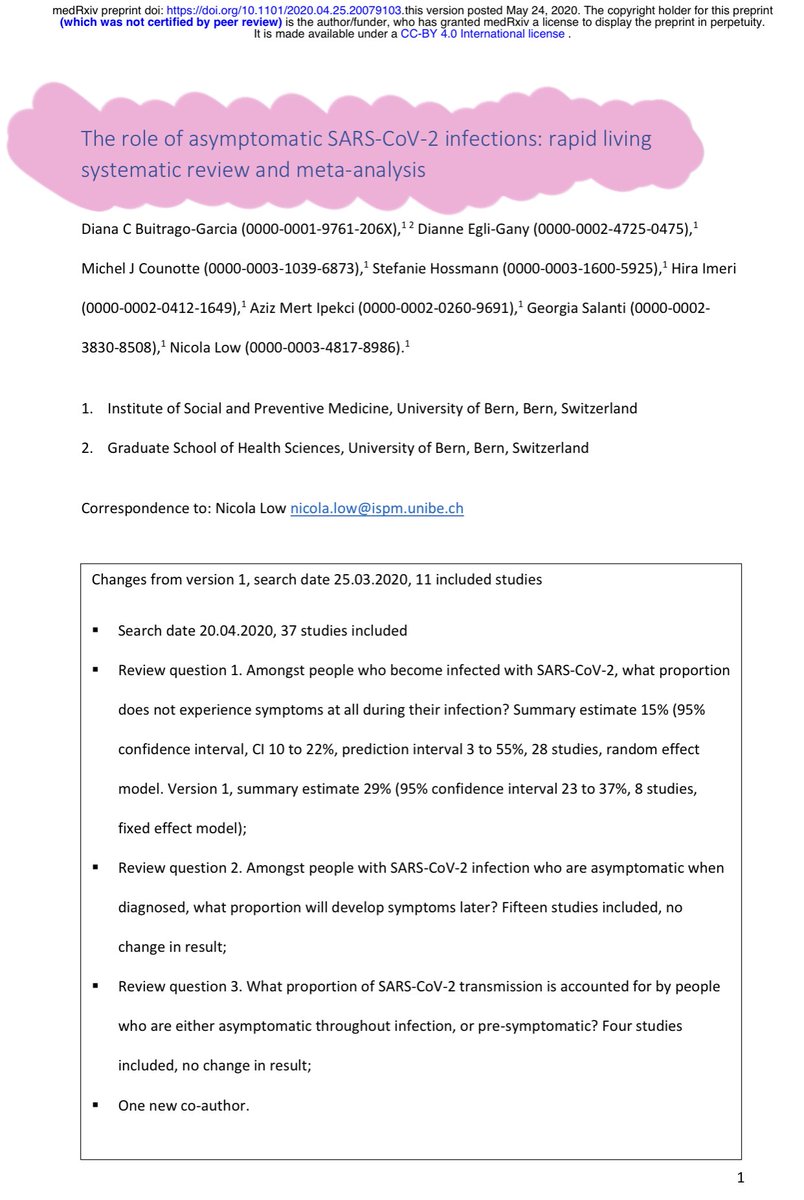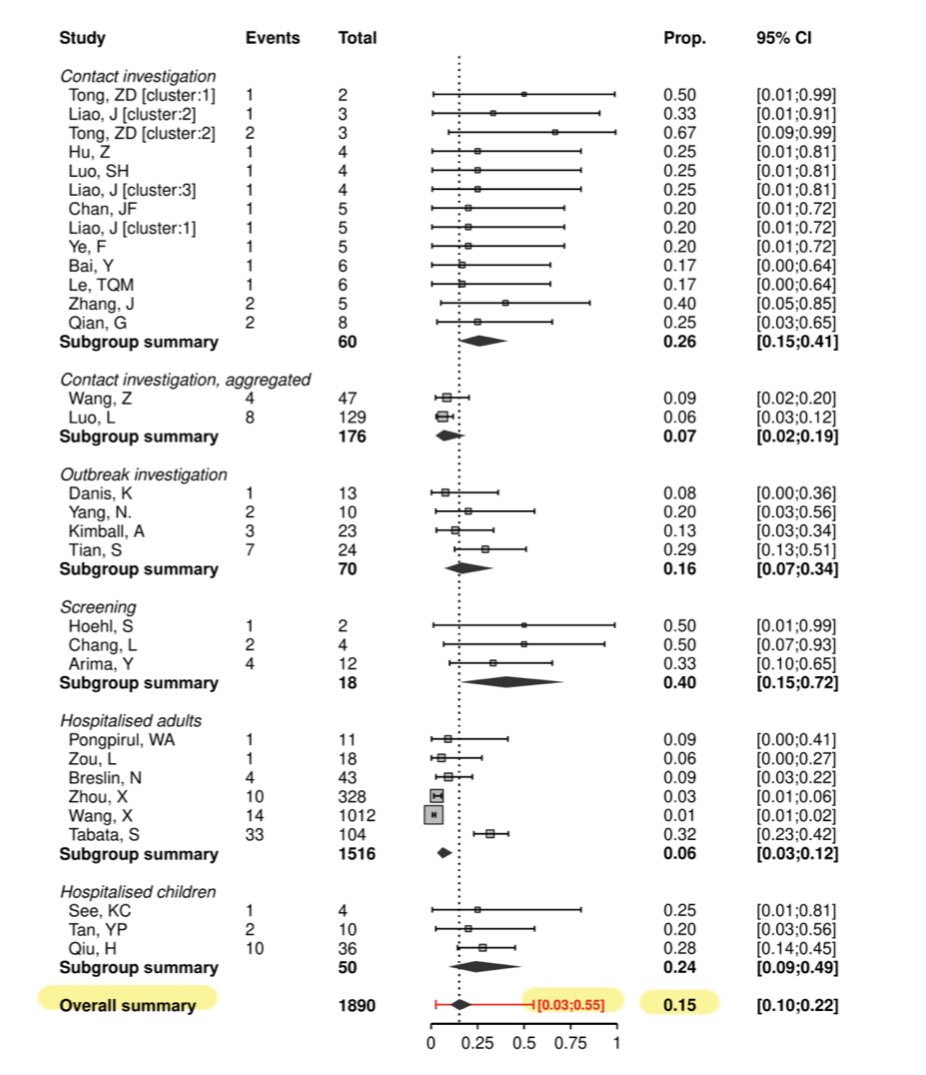
Short THREAD on chloroquine:
Mar 17: French doctor Didier Raoult et al publish a paper suggesting that hydroxychloroquine and antibiotic azithromycin could be effective against the disease. (1/6)
medrxiv.org/content/10.110…
Mar 17: French doctor Didier Raoult et al publish a paper suggesting that hydroxychloroquine and antibiotic azithromycin could be effective against the disease. (1/6)
medrxiv.org/content/10.110…

Several public figures like @elonmusk jumped on the bandwagon promoting the drug based on results from basic research (not randomized trials, not even observational studies). (2/6) 

Recent evidence shows surge in chloroquine prescriptions, likely due to off-label prescriptions for COVID-19 and “President Trump’s support of the drug”. Fills increased from 2208 in 2019 to 45 858 prescriptions (that’s a 1977.0% increase!) (4/6)
jamanetwork.com/journals/jama/…
jamanetwork.com/journals/jama/…

We now have strong evidence (study of 96,032 individuals) that chloroquine with or without a macrolide likely do not help and might even cause more harm than benefit. Studies are still ongoing and stronger evidence will accrue. (5/6)
thelancet.com/journals/lance…
thelancet.com/journals/lance…

So if you have large followings and think you must join the scientific discussion, pls adhere to the same stringent principles as real scientific journalists do and don't promote potentially harmful drugs (@realDonaldTrump & @elonmusk). (6/6) #firstprinciples 

@threadreaderapp unroll
• • •
Missing some Tweet in this thread? You can try to
force a refresh













